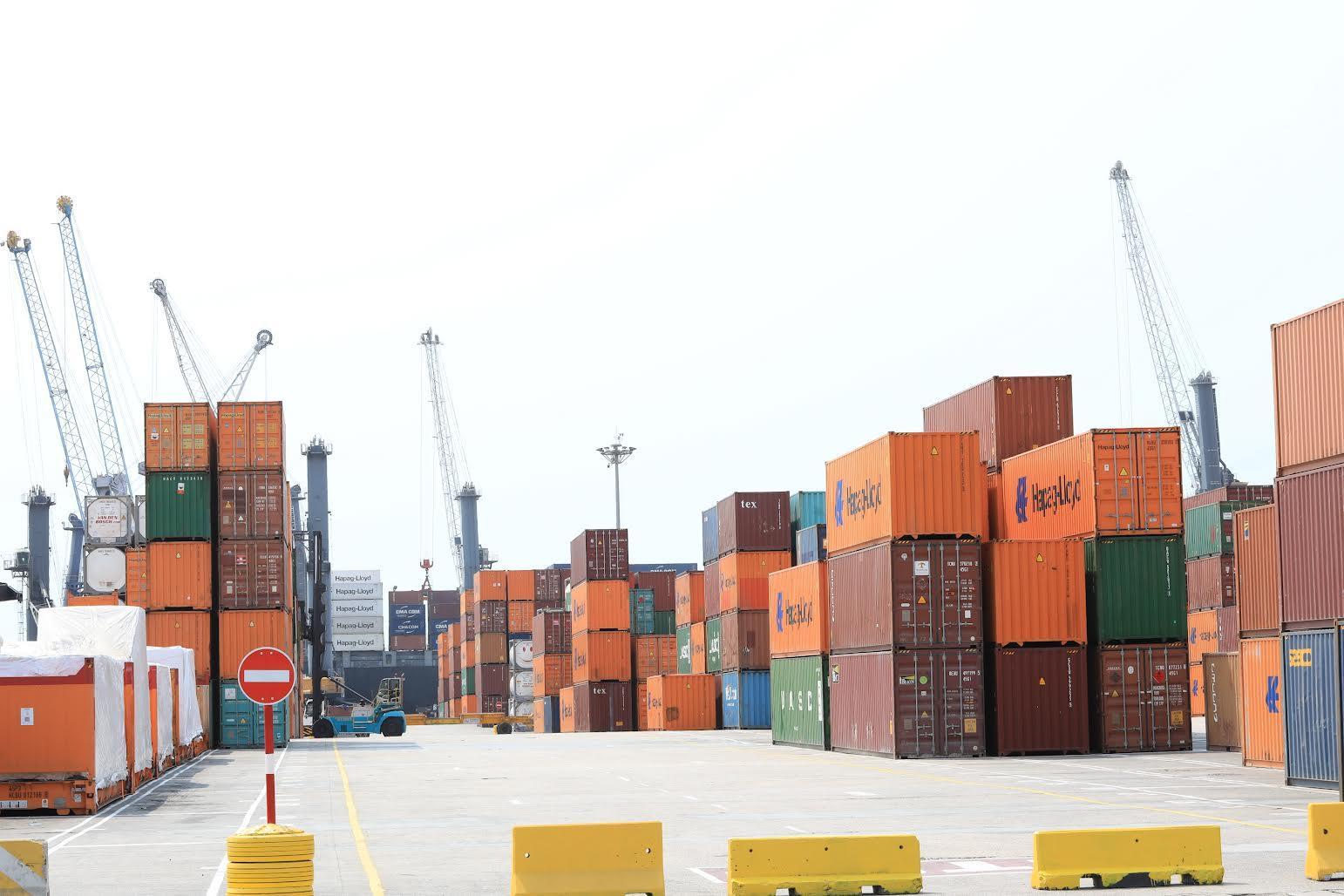writes DOUGLAS RASBASH*
Africa-Press – Botswana. Botswana can easily become the Airbnb of transport hubs, orchestrating regional mobility digitally rather than building it physically. This is because transport power is no longer geographic but digital.
Botswana has long pursued the dream of becoming the logistical heart of Southern Africa—imagining gleaming highways, vital rail corridors and booming airports. Yet, with no access to the sea, a population of just 2.5 million, and limited funds, these ambitions have consistently collided with harsh reality.
Heavy trucks tear up the roads, customs delays hold back commerce, and infrastructure strains public budgets. Goods may pass through Botswana but little value stays behind. Infact, Botswana actually subsidies every ton that passes through its territory. With our backs against the proverbial economic wall, new thinking is needed.
The High Cost of the Conventional Hub
Traditional transport hubs demand massive capital and ongoing maintenance. Paving highways costs between $300,000 and $1 million per kilometre (around $400,000/km), while rail construction can reach $50–150 million per kilometre. Roads require 2–5% of their initial cost annually for upkeep, and modernizing Africa’s railways could run as much as $105 billion per year.
These commitments trap national budgets in cycles of debt, subsidy and deferred maintenance – with Botswana seeing little benefit in return.
From Drains to Gains: The Digital Hub Advantage
Botswana’s new vision redefines the hub – not as physical infrastructure but as a virtual nerve centre powered by data, regulation and satellite connectivity.
Satellite-based GNSS tolling on SADC roads, where vehicles travel approximately 500 million km/day (roughly 182.5 billion km/year), represents a $9.1 billion annual market. Botswana could take a 3–5% commission—netting $273–455 million per year—without building new roads.
SADC’s 40,000 km rail network, if revived to move 3 million tonnes per year over average 500 km corridors, equals 1.5 billion tonne‐km. At a $0.01–0.02/tonne‐km regulatory fee, this translates to $15–30 million annually – earned through governance, not track-building.
In air traffic control, fragmented overflight fees totalling around $100 million across SADC could be centralised in a Botswana-based ATC centre. Retaining 10–20% yields $10–20 million per year—again with no infrastructure costs.
Combined, these digital services could generate $300–500 million in annual revenue—offering Botswana a sustainable, high-impact alternative to costly traditional infrastructure.
Soft Power Through Digital Influence
Botswana’s strategy models global digital platforms: Airbnb earns 10–15% on bookings without owning hotels, Uber and Lyft take up to 30% of fares with no fleets, Netflix, Apple, and Meta generate massive revenues via software, not physical assets. Botswana can similarly become the Airbnb of transport hubs, orchestrating regional mobility digitally rather than building it physically.
Envision trucks crossing into Zambia with GNSS tolls processed in Gaborone, freight trains following standards set by a Botswana rail regulator, and regional flights coordinated from Maun. No walls, no terminals, no bottlenecks – just software, satellites, and oversight. That is true digital sovereignty.
Reinvention Nation: A Future Beyond Transit Subsidy
Botswana’s foundation lies in diamonds and coal. Its future is in digital governance and satellite systems. With political stability, trusted institutions and growing ICT capacity, the country is well positioned for this transformation. By trading costly transit subsidies for digital control, Botswana shifts from being a bridge that others cross to the brain that directs every journey through Southern Africa.
Transport power is no longer geographic – it is digital. For Botswana, the path is clear – a digital, not physical, regional transport hub is perfect for Botswana.
Source: Botswana Gazette
For More News And Analysis About Botswana Follow Africa-Press






